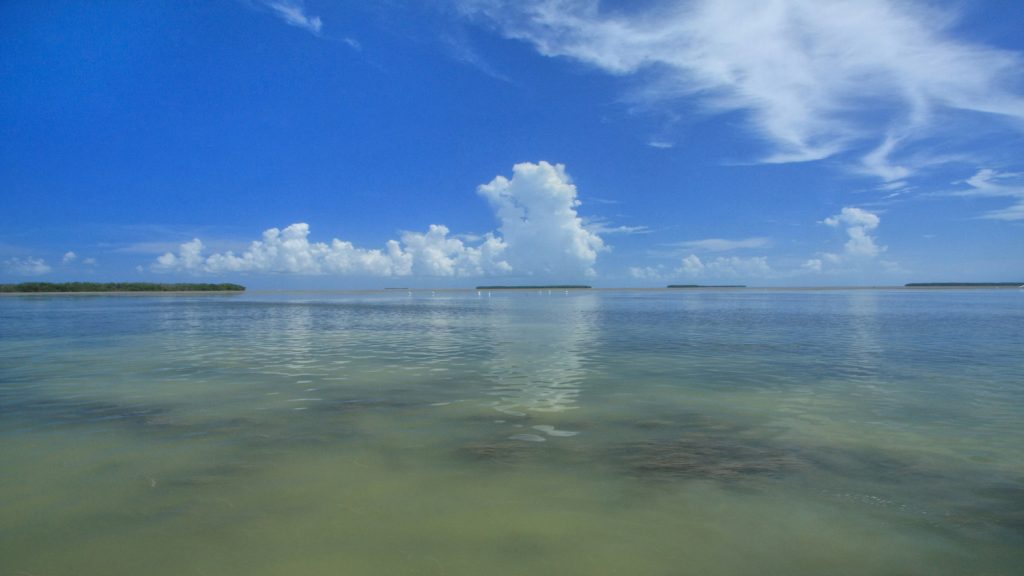Dynamic Reserve Design: Informing the Identification of High-Priority Lands for the Everglades Headwaters National Wildlife Refuge Considering Future Climate and Urbanization

Principal Investigator: Stephanie S. Romañach, USGS Southeast Ecological Science Center
Project Completion: August 2015. This project has now been completed.
Implements Science Theme: 2 & 4
Overview
Reserve design is a process that must address many ecological, social, and political factors to successfully identify parcels of land in need of protection to sustain wildlife populations and other natural resources. Making land acquisition choices for a large, terrestrial protected area is difficult because it occurs over a long timeframe and may involve consideration of future conditions such as climate and urbanization changes. Decision makers need to consider factors including: order of parcel purchasing given budget constraints, future uncertainty, potential future landscape-scale changes from urbanization and climate. In central Florida, two new refuges and the expansion of a third refuge are in various stages of U.S. Fish and Wildlife Service (FWS) planning. The Everglades Headwaters National Wildlife Refuge (EHNWR) has recently been established, is at the top of the Presidential Administration’s priority conservation areas, and has been cited by the Secretary of DOI routinely in the context of conservation. The new refuges were strategically located for both species adaptation from climate change impacts as well as currently hosting a number of important threatened and endangered species and habitats. For this study we combined a structured decision making framework, optimal solution theory, and output from urbanization models that provide forecasts of population growth that might be expected due to climate change, and provide guidance for EHNWR reserve design. Utilizing a structured decision making approach and optimal solution theory, we used stakeholder-determined objectives to design optimal configurations for the refuge and help FWS in land acquisition prioritization.
